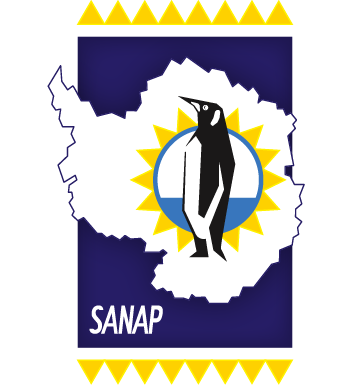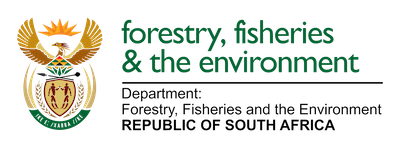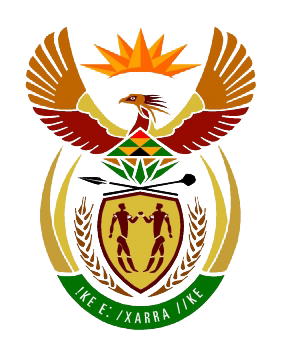 Prof Steven Chown of SAEF visited South Africa during the month of June. The Antarctic Legacy of South Africa at the Department of Botany and Zoology of Stellenbosch University hosted him for a lunch, talk and future discussions.
Prof Steven Chown of SAEF visited South Africa during the month of June. The Antarctic Legacy of South Africa at the Department of Botany and Zoology of Stellenbosch University hosted him for a lunch, talk and future discussions.
The main focus of the talk was that Antarctica is the only continent set aside as a natural reserve devoted to peace and science, with environmental protection mandated through the Protocol on Environmental Protection to the Antarctic Treaty. The extent to which these legal protections succeed depends on high-quality biodiversity knowledge, for status and trends of indigenous species, and for the same information with respect to Invasive Alien Species (IAS), along with understanding of the pressures on the region. Yet such information is remarkably fragmentary, and its route into the policy environment less than straightforward. In consequence, whether that best available data, information, and knowledge are accessible to decision-makers, practitioners, and the public for the region is a work in progress.
“Antarctica’s Future is a choice. We have not yet made that choice, though seem set on a poor one. Choosing a better one will mean choosing a better life for all of us. Making the Antarctic a regular thought in our daily lives is the way to do so. Antarctica’s Future is Everyone’s Future.” – Prof Steven Chown”
 Prof Theresa Wossler, Head of the department, welcomed Prof Chown and introduced him to the attendees. The presentation and talk were attended by eighty-six people in person, who were able to have a chat with Prof Chown afterwards in a coffee break. The talk was streamed online and ninety-six people, representing institutions such as Stellenbosch University, Nelson Mandela University, University of Cape Town, University of Johannesburg, University of South Africa, University of Pretoria, the National Research Foundation, the Department of Forestry, Fisheries, and the Environment and from Belgium from the Department of Natural Sciences were able to attend
Prof Theresa Wossler, Head of the department, welcomed Prof Chown and introduced him to the attendees. The presentation and talk were attended by eighty-six people in person, who were able to have a chat with Prof Chown afterwards in a coffee break. The talk was streamed online and ninety-six people, representing institutions such as Stellenbosch University, Nelson Mandela University, University of Cape Town, University of Johannesburg, University of South Africa, University of Pretoria, the National Research Foundation, the Department of Forestry, Fisheries, and the Environment and from Belgium from the Department of Natural Sciences were able to attend
In the presentation, current progress in resolving the challenges brought by Antarctic change was laid out, including the way in which progress in the Antarctic region may inform and be informed by developments elsewhere. Biodiversity informatics examples that have been applied to questions such as wilderness, non-native species trends, and the likely drivers of biodiversity change are used here to illustrate the power of the approach to inform and improve policy implementation.
Antarctica and its surrounding Southern Ocean are entirely removed from everyday thought. They are remote, isolated, largely unpopulated, and rarely feature in the news. Yet the continent and its surrounding ocean are an intimate part of our daily lives. They regulate the climates we experience and have a large influence on climate extremes.
 The Antarctic Ice Sheet contains 58 m of sea level rise were it to melt entirely. We are already committed to 44-70 cm of global mean sea level rise, meaning that within many lifespans, 1 in 100-year floods will become annual. Sea level rise could be as much as 2 m by 2100. The extra contribution will come from the Antarctic, but we remain uncertain about when we might expect such an addition, and what its exact size will be. Planning for the best has never been a good risk mitigation strategy.
The Antarctic Ice Sheet contains 58 m of sea level rise were it to melt entirely. We are already committed to 44-70 cm of global mean sea level rise, meaning that within many lifespans, 1 in 100-year floods will become annual. Sea level rise could be as much as 2 m by 2100. The extra contribution will come from the Antarctic, but we remain uncertain about when we might expect such an addition, and what its exact size will be. Planning for the best has never been a good risk mitigation strategy.
 Antarctica is also home to some of the world’s most extraordinary biodiversity. While we may be used to its value in western culture, appreciation for its life has a much longer history with first peoples. Biodiversity is now significantly under threat from changing climates, human activities, and their interaction.
Antarctica is also home to some of the world’s most extraordinary biodiversity. While we may be used to its value in western culture, appreciation for its life has a much longer history with first peoples. Biodiversity is now significantly under threat from changing climates, human activities, and their interaction.
Text from Prof Steven Chown abstract. Images : Antarctic Legacy of South Africa






